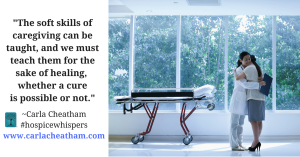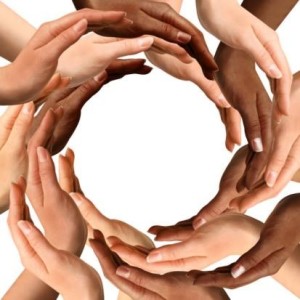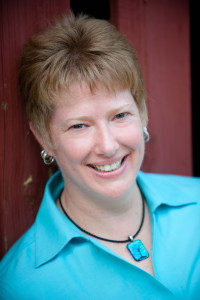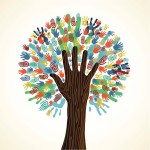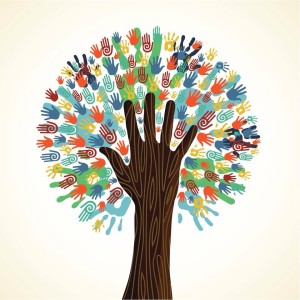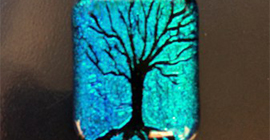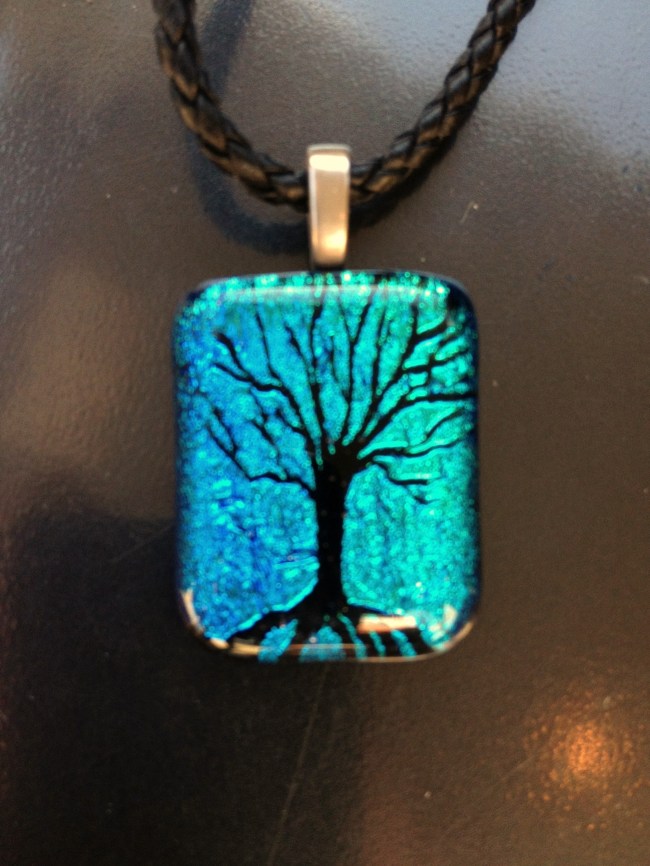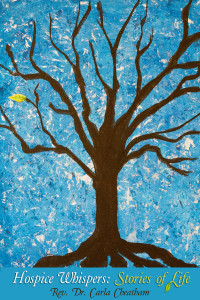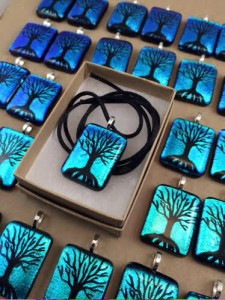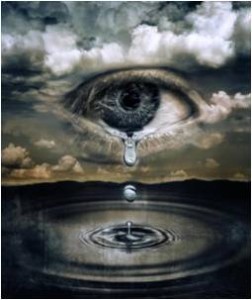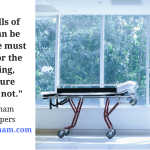
While attending college in my undergraduate years, I had a significant and painful medical issue that required multiple specialists over the course of a year.
Young, scared snotless, with very little support on the journey, I got a crash course in navigating the medical system, medical advocacy, and interacting with physicians and other medical personnel. Many were absolutely amazing! Others, well, not so much.
As afraid and overwhelmed as I was, physically as well as mentally, my emotions were already on the ragged edge. I was also in a small, rural area where respect for women, especially young and outspoken and educated ones, was not at it’s peak in the late 80’s.
To be blunt, misogyny was a daily experience, especially with some of the physicians. Finding my voice was necessary to make certain I got the care and answers I needed. It was awful. And I’m eternally grateful.
I learned a lot about what did and did not work well for me when any medical staff person walked into the exam or treatment room.
I quickly noticed the mannerisms and ways of engaging that made me relax, feel safe and seen and heard; which ones felt condescending, dismissive, shaming, and made me want to finally burst into the tears that were always brimming in my shell-shocked 19 year-old eyes; and which ones felt respectful, reassuring, and filled me with hope and confidence in myself and my provider.
My major was psychology, so I did what I knew to do as a fledgling research geek–I dove into the literature. I found myself studying Norman Cousins’ book, Anatomy of an Illness, the works of Selye, Ader, Cohen, and Felten. I started learning more about the mind-body connection and the burgeoning field of psycho-neuro-immunology. I was hooked. The data was proving what we already instinctively knew. Among other things…
The way a clinician interacts with a patient can be just as healing, or detrimental, as the treatment provided.
For those medical staff who saw me, heard me, and treated me with dignity blended with tenderness and patience, “Thank you” is not a big enough word! As I look back now on that barely-a-young-adult me who could now be my own child, I am filled with gratitude for those who showed up well for me during such a trying time.
One of my greatest lifelines became the pharmacist at the local grocery store. She took time to answer all my questions, helped translate physician instructions that had gone over my deer-in-the-headlights psyche, and was always so gentle and caring. She understood when her kindness finally broke the dam on my hold-it-all-together shell and released my tears.
Over 26 years later, I just teared up while writing this in appreciation for how much of a difference she made in my experience. She probably has no idea how much she meant to me. (Her bosses did. I wrote a letter to corporate thanking them for having someone so compassionate working for them!)
No matter what your role in the medical field, never underestimate how healing your presence can be to someone overwhelmed, in fear, and in pain.
A few years ago, a dear friend invited me to dinner and asked me to consider applying as the chair of the Department of Humanities at the medical school where she worked. I asked her for the 20-second job description. She answered:
“Teaching doctors to be human”
I had never heard a better way of explaining what I feel called to do. Thankfully, it’s what I get to do as I travel to train and equip healthcare staff to show up well when someone is suffering.
The soft skills of caregiving can be taught, and we MUST teach them for the sake of healing, whether a cure is possible or not.
The word “humanism” has gotten a bad rep in some circles as being about an over-focus on humanity to the exclusion of divinity. But those in academia understand a far different definition–the very one my friend gave about the humanities chair position.
It’s simply about being human.
Two years ago, I came across a research article that I hope will get even more airtime called “Attitudes and Habits of Highly Humanistic Physicians” by Carol M. Chou, MD and colleagues (Journal of the Association of American Medical Colleges, Sept 2014). A summary can be accessed here
In short, the study authors interviewed internal medicine residents to find out which physicians they felt best exemplified humanistic patient care. They then interviewed those professionals to identify the habits that contributed to their patient-focused attitudes and their practice of high quality care.
They found that self-reflection, being in a teaching role, and practicing mindfulness were common habits of these exemplary physicians. Even more significant contributors to these clinicians’ effectiveness were maintaining a healthy work-life balance and actively working to develop a meaningful connection with the patient.
The authors also found that not only did the connected relationship help the patient, it helped reduce burnout for the clinician!
Clinicians can be taught, and can improve their ability, to show up well for patients, creating a relationship that is truly healing for all involved. Now, let’s give them the training, and the time, to do just that!
About Rev. Dr. Carla Cheatham:
 After a career in social services and advanced degrees in Psychology, Health Education, and Divinity, Carla began working in hospice as a chaplain and bereavement coordinator. She now trains healthcare staff on a multitude of topics through her own Carla Cheatham Consulting Group, LLC and is the author of Hospice Whispers: Stories of Life, available in paperback and as an e-book through Amazon and also as an audiobook through Audible. A companion volume, Sharing Our Stories: A Hospice Whispers Grief Support Workbook based on those stories is set to publish Fall 2016. Follow Carla’s writings through her website blog, her guest blog on hospicetimes.com and also on Facebook or on Twitter @CarlaCheatham.
After a career in social services and advanced degrees in Psychology, Health Education, and Divinity, Carla began working in hospice as a chaplain and bereavement coordinator. She now trains healthcare staff on a multitude of topics through her own Carla Cheatham Consulting Group, LLC and is the author of Hospice Whispers: Stories of Life, available in paperback and as an e-book through Amazon and also as an audiobook through Audible. A companion volume, Sharing Our Stories: A Hospice Whispers Grief Support Workbook based on those stories is set to publish Fall 2016. Follow Carla’s writings through her website blog, her guest blog on hospicetimes.com and also on Facebook or on Twitter @CarlaCheatham.

